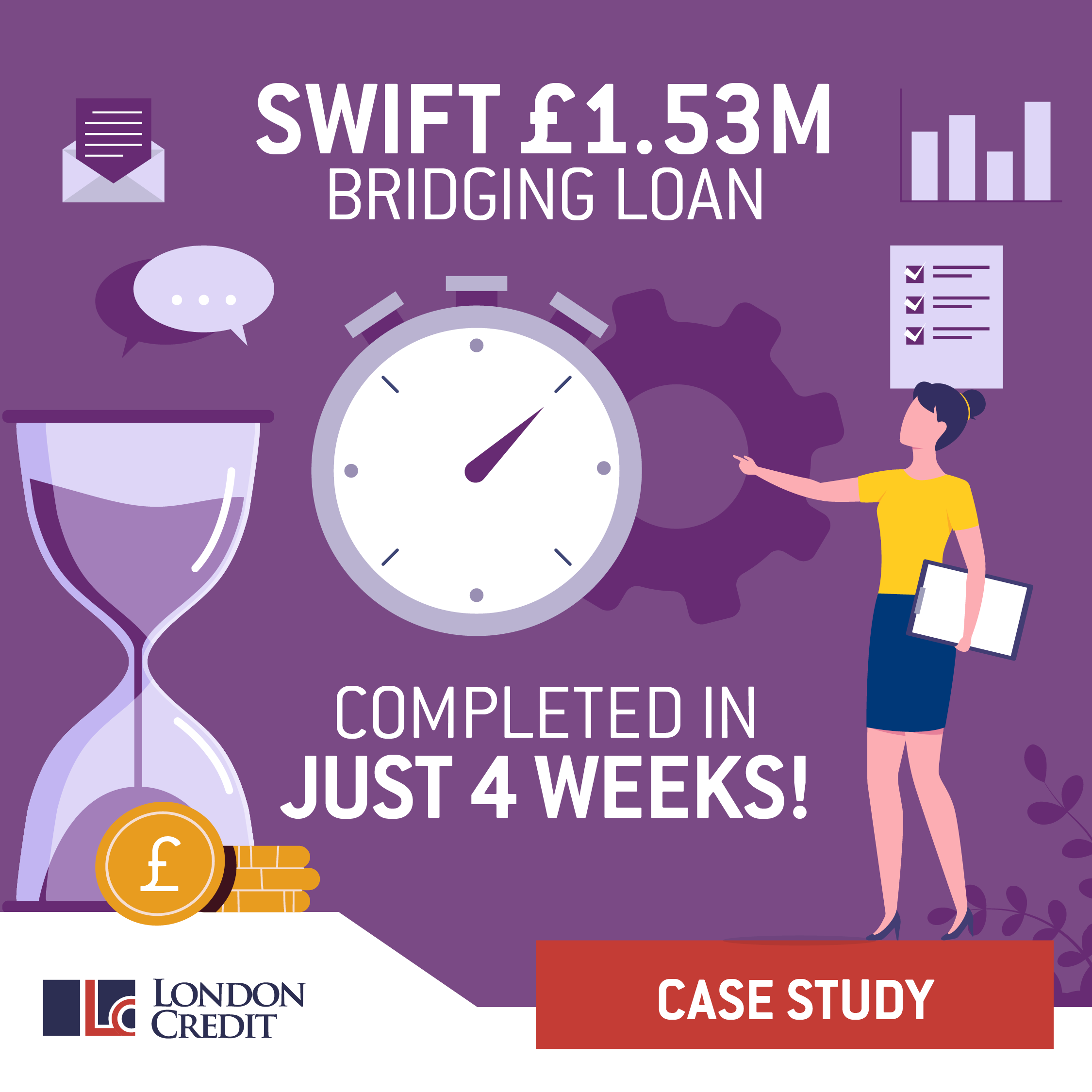How to secure a faster bridging approval
"Quick transactions don’t happen by accident. It’s only through the broker, borrower and lender working closely together that we see such rapid turnarounds."
The property market moves quickly. According to the latest stats from Zoopla, the typical sale time has dropped by almost a week over the last year, from 50 days to 44 on average. Sure, this has been helped by the stamp duty holiday but even when such incentives aren’t in place, a well-priced property in a desirable area is rarely on the market for long.
Things move even more quickly within the bridging market. Property professionals often turn to bridging loans precisely because of how quickly bridging lenders can provide the funds, giving them the tools they need to act fast and snap up that new addition to their portfolio ahead of any other potentially interested parties.
But those quick transactions don’t happen by accident. It’s only through the broker, borrower and lender working closely together that we see such rapid turnarounds.
So, what can a broker do to help that process, and ensure they get a decision on a loan - and therefore the funding their client needs - as quickly as possible?
Be open from the start
A huge factor in how quickly a case can proceed to offer is the information provided about the case from the very beginning. The more information that we have as underwriters, the better placed we are to evaluate the loan and whether it’s something that we can help with.
It can be tempting to omit any information that may make the case appear more complicated, in the hope that this will smooth things over. The reality is the opposite - withholding that information only makes everything more complicated and lengthy.
There will be times when a case does come with some complexity, something out of the ordinary, whether that’s about the borrower, the property or the financial situation. In order to get faster approval, it’s crucial that you are clear about these complications from the outset, and in fact provide as much detail as possible.
Any questions?
It’s far from unusual for a lender to have follow-up questions about a borrower and the property they are looking to buy. These can cover everything from where the borrower’s deposit is coming from to how well upholstered the property is.
Responding to those questions quickly, and again with as much detail is possible, is key to getting a decision in place in a timely fashion.
Getting out
With any bridging deal, a key consideration is how the borrower plans to get out. All lenders will want to know that the borrower has a clear exit strategy, so establishing that from the outset will always be helpful in ensuring you get approval for the loan quickly.
Of course, it’s not enough to simply have an idea for that exit strategy - it needs to stand up to scrutiny. If the exit plan is to sell the property on, then it’s a good idea for the broker to test just how reasonable that idea is. Does the expected valuation of the property when they come around to selling make sense? Is it a type of property, or in an area, where there is going to be demand?
For example, it’s easy to assume that flats within London will always be in demand. But while small and medium-sized flats in good locations often enjoy significant demand, this isn’t always the case with larger flats as people buying in that price range tend to want some outside space.
Is there a plan B?
What’s more, the last few years have reminded us all of how quickly plans that may seem reasonable can come crashing down. That’s why it’s important for a borrower to be able to demonstrate that they can adapt should things not quite work out as they hope.
If the original exit plan is through the sale of property, and the lender has some questions about how feasible this plan is going to be, then any responsible lender will want to dig into the applicant and their finances a little more. The idea is that they will want to be confident that if the borrower finds they are unable to sell, and have to have a period as a landlord instead, their finances are robust enough that they will be able to secure more traditional buy-to-let finance as a way of exiting from the original bridging loan.
Borrowers turn to brokers because they know that the broker’s expertise can make all the difference in identifying the right product and lender for the planned purchase. By getting all of the relevant information from the very beginning, and working closely with the lender, then brokers can reinforce their value by obtaining approval even more quickly, ensuring that the borrower is able to snap up that bargain investment ahead of the competition.
Antrea Demetriou
Underwriter - London Credit




